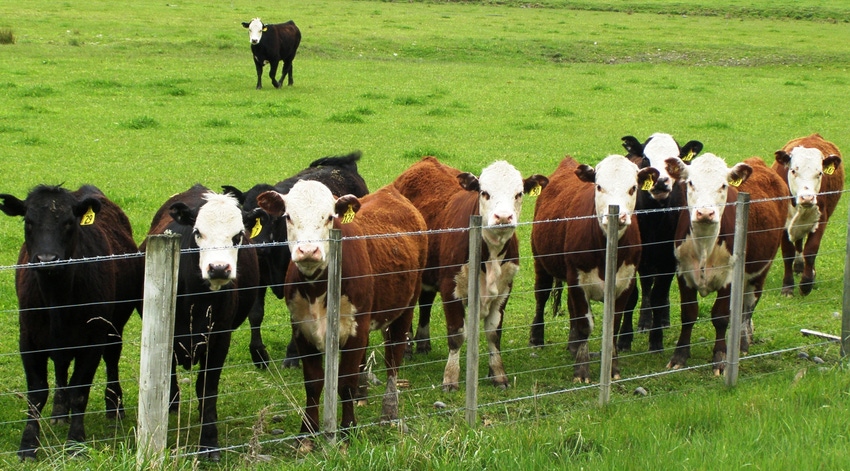The global beef market is set to tighten in 2022, placing further stress on markets that are experiencing strong demand.
November 29, 2021

Depopulation of US cattle accelerated this year due to poor economics and drought liquidation across the western US. Beef and dairy cow slaughter increased by 6%, which will lead to a 2.5% decline in US beef production in 2022, according to a recent report from Rabobank.
US exports remain a priority
Although production is contracting and domestic demand is strong, the US has moved from being a net importer to a net exporter. US beef exports are expected to increase 2% to 4% in 2022. “Markets in Japan, South Korea, Mexico, and Canada remain strong, but the growth in exports to China is driving the increased export volume. China has become the third-largest export destination for the US, and export volumes continue to rise,” says Angus Gidley-Baird, Senior Analyst – Animal Protein at Rabobank.
US imports to increase
The ongoing strength in US domestic demand, together with the expected contraction in production, does present an opportunity for beef imports to increase. However, the expected ongoing elevated cow slaughter will temper imports of lean manufacturing beef, which will also be limited given reduced supplies from two of the largest suppliers of lean trimmings: Australia and New Zealand, who dropped volumes in 2021.
Imports from Brazil increased 61% in the first nine months of 2021, and while volumes of lean trimmings from this country are expected to increase, they will be limited by the tariff rate quota. Furthermore, ongoing concerns about an atypical bovine spongiform encephalopathy (BSE) case in August may affect imports from Brazil.
Global implications
According to Rabobank, the US export expansion into China is set to stay, as it is meeting China’s growing demand for higher-quality beef. To date, the US has been able to maintain its exports to other markets, but with strong domestic beef prices in the US, contracting beef production, and growth into the Chinese market, competition for US beef is expected to remain strong and keep prices firm. “This will set a benchmark in the global market, with strong prices further compounded by ongoing limited supplies from Australia and current disruptions to exports from South America’s main exporting countries,” explains Gidley-Baird.
Other exporting countries with beef supplies, such as Mexico, could be in a position to gain market share in some markets with a cheaper product offering.
Increased US cow slaughter is offsetting the lower import volumes of lean trimmings. While this continues, it will alleviate some of the supply pressures in the market. However, the jump in imported volumes from Brazil is evidence of the need for the US to fill the gap left by Australia and New Zealand.
What to expect moving forward
With US cow slaughter expected to continue and the decline in production not expected to reverse until 2023 or beyond, plus limited export supplies from Australia, global beef markets are on a tightening trend. “With China’s beef imports continuing to grow, import demands from Japan and South Korea remaining firm, and US import requirements increasing, the stage is set for Brazil and other exporters to increase their shipped volumes. If this does not happen, we will likely find ourselves in a more severe situation come the end of 2022,” concludes Gidley-Baird.
You May Also Like

.png?width=300&auto=webp&quality=80&disable=upscale)

